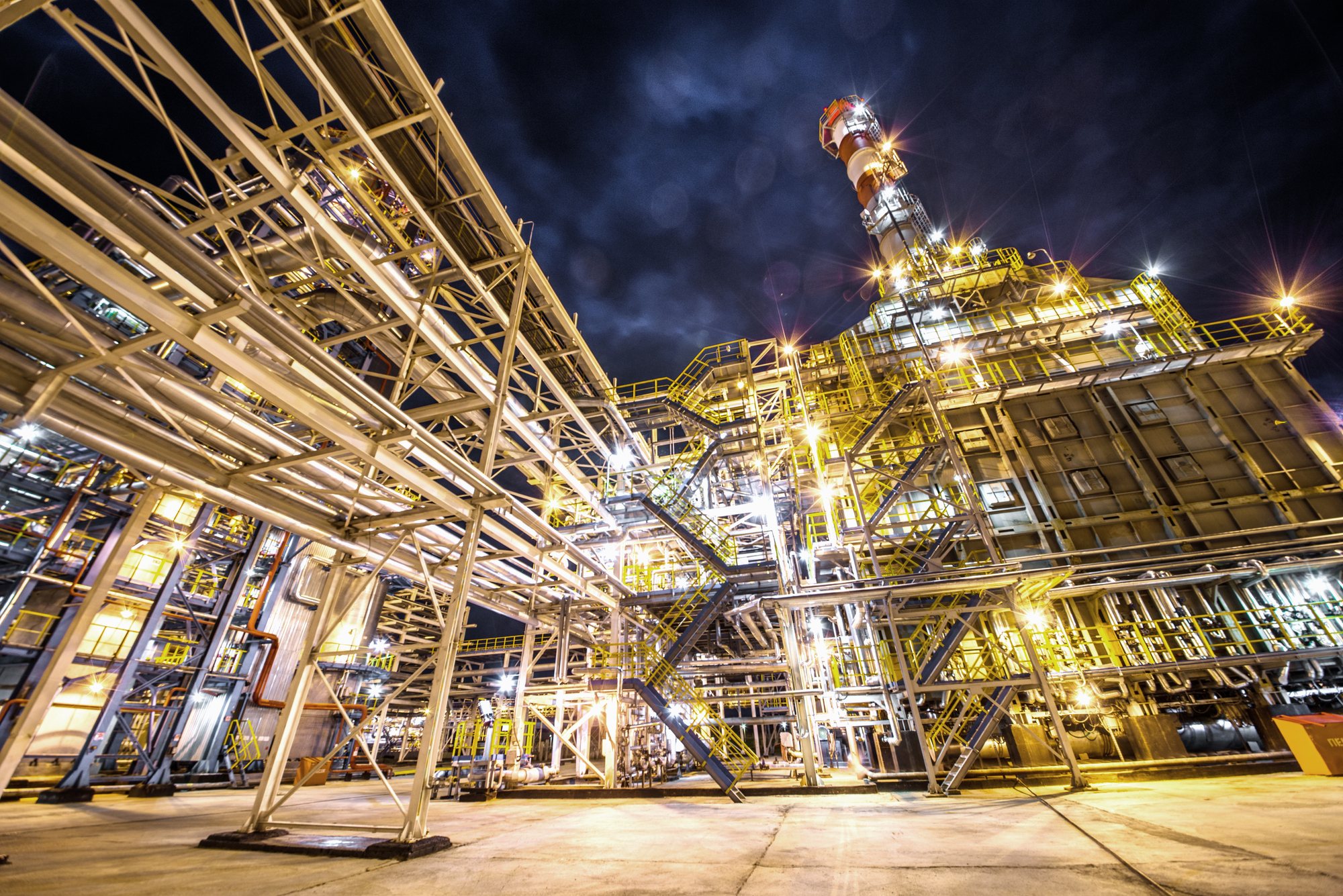Oil of Angola: Its History, Price, and Production
If you’ve been keeping tabs on the oil and gas industry, you must have heard of the word “hungo” . It is a sweet, medium- to heavy-grade crude oil from Angola with high concentrations of saturated hydrocarbons.
Hungo crude oil has very few aromatic hydrocarbons, which makes it less valuable than other types of heavy oils. However, this quality makes it suitable for use in smaller refineries with limited upgrading capacity.
In this article, we will explore what Hungo Crude Oil is and how it fits into the global commodity trading markets.
What is Hungo Crude Oil of Angola?
Hungo crude oil production started in 2004 and currently produces around 130,000 barrels per day. ExxonMobil is the operator with 40% ownership.
The nominal cargo size is 950,000 barrels with a two-day lifting period. Floating production, storage, and offloading vessel FPSO has a storage capacity of 2.2 million barrels.
Hungo crude oil is mainly used for industrial purposes, as an engine lubricant, and for other industrial purposes. Hungo crude oil contains about 60% solid matter, which makes it very dense.
It has a high viscosity when compared to other common crude oils such as Saudi Arabia and Canadian crude. This high viscosity makes it difficult to pump and transport, which is why smaller refineries, rather than large ones, prefer processing it.
Processing Hungo is more complex than Saudi Arabia or Canadian crude. The oil produced from this area is also difficult to extract since it requires specific methods that are not used in most other places worldwide.
This region produces some very unique oils with different properties than others. These oils are often very thick and hard to skim off the ground, making them more expensive while processed.
Hungo Crude Oil is produced from the large deposits west of Angola, most of which are exported to international markets such as China and India.
Where is Hungo Crude Oil Produced?
The hungo crude oil of Angola is produced from the prolific Block 15 Offshore fields. Block 15 is a part of the Oil and Natural Gas Corporation (ONGC) consortium fields of Angola.
The consortium fields of Block 15 have been producing crude oil from their deep-water fields since the late 1990s. The Block 15 consortium fields produce crude oil from their five producing wells.
The fields produce about 100,000 barrels of crude oil and 6 million standard cubic meters of associated gas per day (100,000 and 6 MMSCMD).
How Much Does It Cost?
The price of Hungo is calculated by applying the market differential of Hungo to the current Dated Brent price. The prevailing market differential is also published so that you can see both and understand the freight costs.
Price reporting agencies assess and publish the price of Hungo loading FOB from the Kizomba A FPSO, with a typical cargo size of 950,000 barrels.
Differentials are also published against the Dated Brent Strip.
Transportation of Hungo Crude Oil
The crude oil is transported by the vessels through the crude oil tanker ships. The crude oil is transported through pipelines and ocean water vessels such as tankers.
The crude oil is lifted from the wells at a depth of 7,500 feet using a submersible pump. Then, pumped into the crude oil tankers through a pipeline at the loading port and transported to the refinery.
Hungo Crude Oil Spec
Hungo Crude Oil of Angola produces heavy crude oil with API gravity of 28.3 degrees and sulfur content of 0.64 mass%
Source Fields are Hungo, Chocalho, and Marimba, with total production volumes of 126,000 barrels per day.
Final Words
The hungo crude oil of Angola is a sweet, medium- to heavy-grade crude oil. Its chemical makeup includes a broad range of hydrocarbons, including branched-chain alkanes (methyl and ethyl), paraffin, naphthenes, and alkenes.
The oil comes from Hungo, Chocalho, and Marimba, which produce about 126,000 barrels of crude and 6 million standard cubic meters of associated gas per day (100,000 and 6 MMSCMD), making this an essential part of the West African crude oil market.






0 Comments